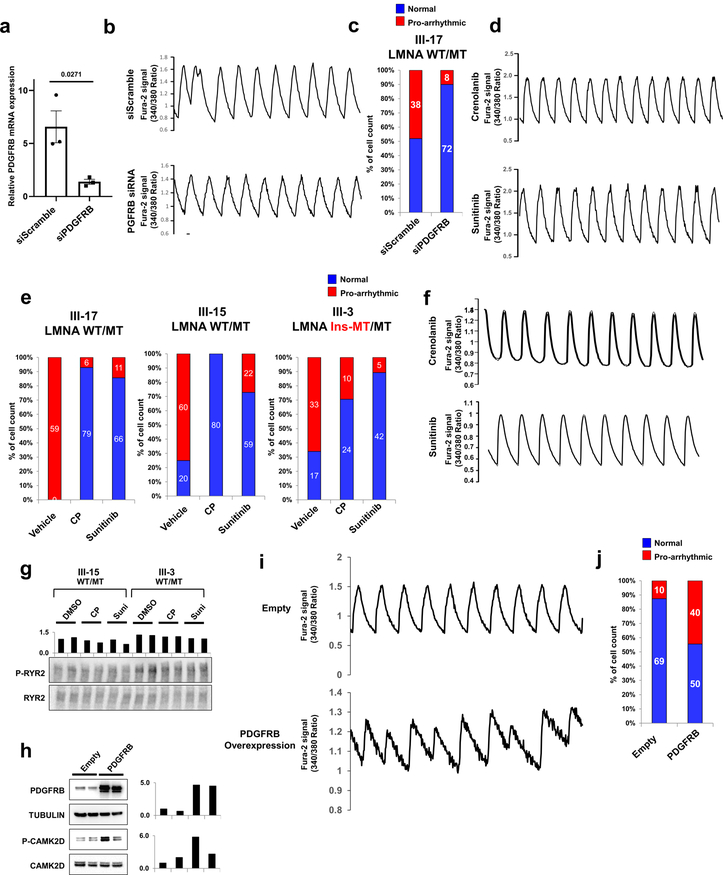Extended Data Fig. 10. Arrhythmic phenotype in mutant iPSC-CMs is dependent on the activation of PDGFRB pathway.
a, Real-time PCR analysis of PDGFRB expression levels in mutant iPSC-CMs (WT/MT) treated with siRNA of scramble or PDGFRB. The siRNA treated for 48 hr. Data are expressed as mean ± s.e.m., and a two-tailed Student’s t-test was used to calculate P values. n=3. Numbers above the line show significant P values. b, Representative Ca2+ transients of mutant iPSC-CMs (III-17; WT/MT) treated with scrambled siRNA or PDGFRB-specific siRNA. c, Quantification of the number of cells exhibiting arrhythmic waveforms in (b). d, Representative Ca2+ transients of mutant iPSC-CMs treated with PDGRB inhibitors, crenolanib (100 nM) and sunitinib (500 nM), for 24 hr. All traces were recorded for 20 sec. e, Quantification of mutant iPSC-CMs (III-17, III-15, and III-3) exhibiting arrhythmic waveforms with or without the treatment of PDGRB inhibitors, crenolanib (100 nM) and sunitinib (500 nM), for 24 hr. f, Representative Ca2+ transients of mutant iPSC-CMs (III-17; WT/MT) treated with PDGFRB inhibitors. g, Immunoblot analysis of phospho-RYR2 and RYR2 protein levels with treatment of DMSO, Crenolanib or Sunitinib. The data were repeated twice independently with similar results. h, immunoblot analysis of PDGFRB, Tubulin, phospho-CAMK2D, and CAMK2D protein levels in control iPSC-CMs expressing Empty and PDGFRB constructs. The experiments were repeated twice independently with similar results. i, Representative Ca2+ transients of iPSC-CMs expressing Empty and PDGFRB constructs. j, Quantification of arrhythmic waveforms of iPSC-CMs in (i). The Ca2+ transients in b, d, f and i were repeated as described in c, e and j independently with similar results.

